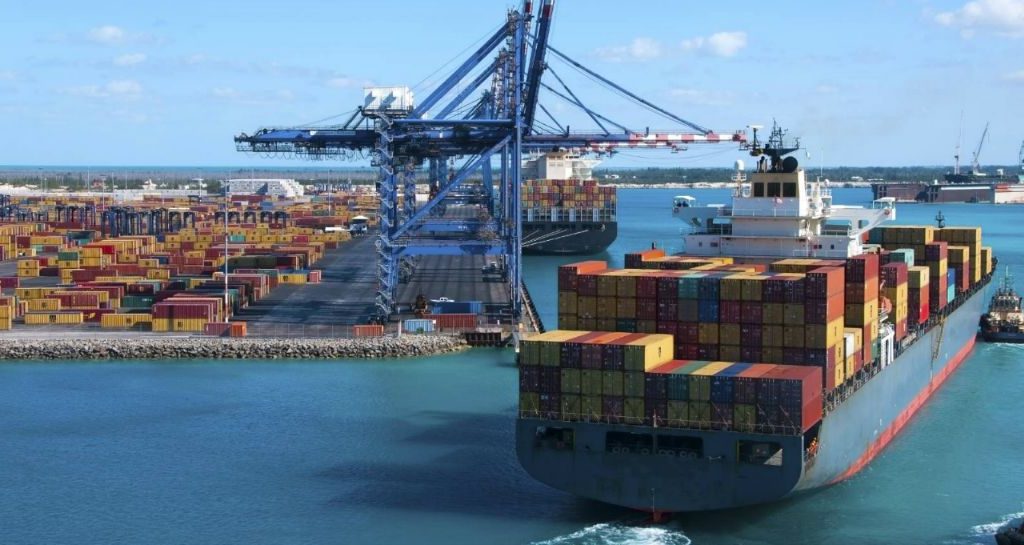
Montenegro’s main exported goods
Montenegro, a small but strategically located Balkan country, has a diverse export profile driven by its natural resources, manufacturing capabilities, and tourism-related industries. While its economy is relatively modest in scale, the country leverages its geographic and economic strengths to participate in global trade. The main exported goods of Montenegro include:
1. Aluminum and Aluminum Products
Aluminum and its derivatives constitute a significant portion of Montenegro’s exports. The country benefits from rich bauxite reserves, which are the primary raw material for aluminum production. Montenegro’s main aluminum producer, the Kombinat Aluminijuma Podgorica (KAP), has historically been a cornerstone of its export economy. Processed aluminum is exported to various European countries, reflecting its critical role in Montenegro’s trade portfolio.
2. Minerals and Ores
In addition to bauxite, Montenegro exports other mineral resources, including lead, zinc, and iron ores. These commodities are extracted from the country’s mines and are crucial for industrial purposes abroad. The mining sector plays a pivotal role in the economic stability of certain regions in Montenegro.
3. Electrical Energy
Montenegro has emerged as a notable exporter of electrical energy, capitalizing on its natural hydropower resources. The country exports electricity primarily to neighboring countries, including Serbia, Bosnia and Herzegovina, and Albania. The construction of energy interconnections has further facilitated Montenegro’s role as an energy exporter.
4. Seafood
With a long Adriatic coastline, Montenegro has developed a vibrant fishing and aquaculture industry. The country exports a variety of seafood, including fish, shellfish, and mollusks, to European markets. Montenegrin seafood, particularly Adriatic tuna and sea bass, is recognized for its quality and is in demand internationally.
5. Tobacco and Tobacco Products
The tobacco industry remains an important contributor to Montenegro’s export economy. Cigarettes and other processed tobacco products are manufactured locally and exported, primarily to countries in the Balkans and beyond.
6. Wine and Spirits
Montenegro’s wine production, particularly from the renowned Vranac grape variety, is a growing export sector. Montenegrin wines, especially those from the Plantaže vineyard, have gained international recognition. Spirits, including brandies, also contribute to the country’s agricultural exports.
7. Tourism-Driven Exports
While tourism itself is not a tangible export, the industry indirectly promotes the export of local goods. Products such as handicrafts, artisanal goods, and local delicacies (e.g., Njeguški pršut, a traditional smoked ham) find international markets as tourists carry these items back to their home countries.
8. Machinery and Equipment
Although less prominent than raw materials, Montenegro exports certain categories of machinery and mechanical appliances. These exports are often related to the country’s industrial production and trade partnerships within Europe.
9. Clothing and Textiles
Montenegro’s textile and clothing manufacturing industry also plays a small but growing role in exports. These products are often sold to European markets where there is demand for competitively priced garments.
Challenges and Opportunities
Montenegro’s export economy faces challenges, including limited diversification, small production volumes, and dependence on a few key sectors. However, the government is actively pursuing policies to enhance competitiveness and broaden the export base. Initiatives to attract foreign investment, modernize infrastructure, and promote sustainable energy production are expected to bolster Montenegro’s trade potential.
Conclusion
Montenegro’s main exports reflect its natural endowments and economic priorities. From aluminum and minerals to seafood and wine, these goods highlight the country’s ability to integrate into global markets despite its small size. Continued focus on diversification, innovation, and sustainability will be crucial for Montenegro to enhance its export performance in the future.



Leave a Reply